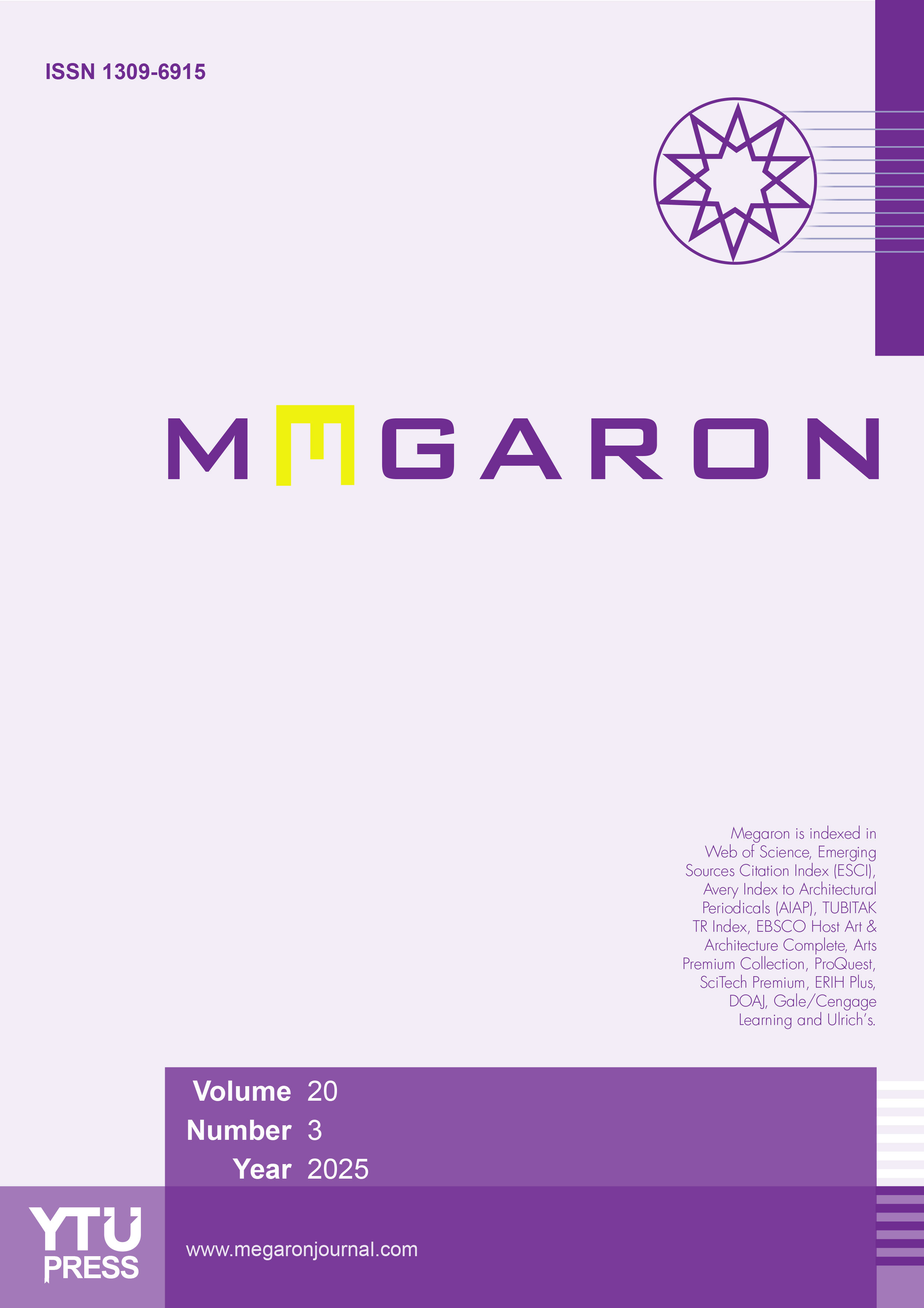Spatial readings in new generation learning environments: The case of Gökçeada High School Campus
Kübra Gülçen Akyüz1, Elif Tatar21Department of Architecture, Eskişehir Technical University Graduate Education Institute, Eskisehir, Türkiye2Department of Architecture, Eskişehir Technical University Faculty of Architecture and Design, Eskisehir, Türkiye
In the 20th century, learning spaces began to change in parallel with the transition from traditional pedagogies to student-centered learning. In the 21st-century, the transformation of space continues in the context of contemporary skills and new generation learning. This article aims to evaluate the relationship between learning and space in new-generation learning environments by examining the potential for spatial usage in educational buildings. The study will consider the Gökçeada High School Campus as a case study, as it was implemented as an innovative and exemplary model. Analyses were carried out on the educational building on the campus and the learning spaces associated with it. The learning approaches supported by the spaces were determined using a plan reading method developed by Dovey & Fisher based on Assemblage theory. The spatial usage potential of the school in the context of new-generation learning is evaluated based on the findings and learning modes obtained. According to the findings, while the school primarily offers traditional learning spaces, it also provides innovative ones. It has been determined that new-generation learning applications are possible in the educational building that accommodates innovative spaces, such as flexible classrooms, street-spaces and special open commons. The study's original contribution is its analysis of an implemented national innovative educational building, revealing formal, informal or integrated (formal & informal) learning modes through spatial typologies. In this context, suggestions are presented on how the current design of Gökçeada High School can be adapted to accommodate new generation learning and contemporary needs, and strategies are proposed for redesigning traditional learning spaces.
Keywords: Assemblage theory, Gökçeada High School Campus, learning and space, learning modes, new generation learning.
Manuscript Language: English








